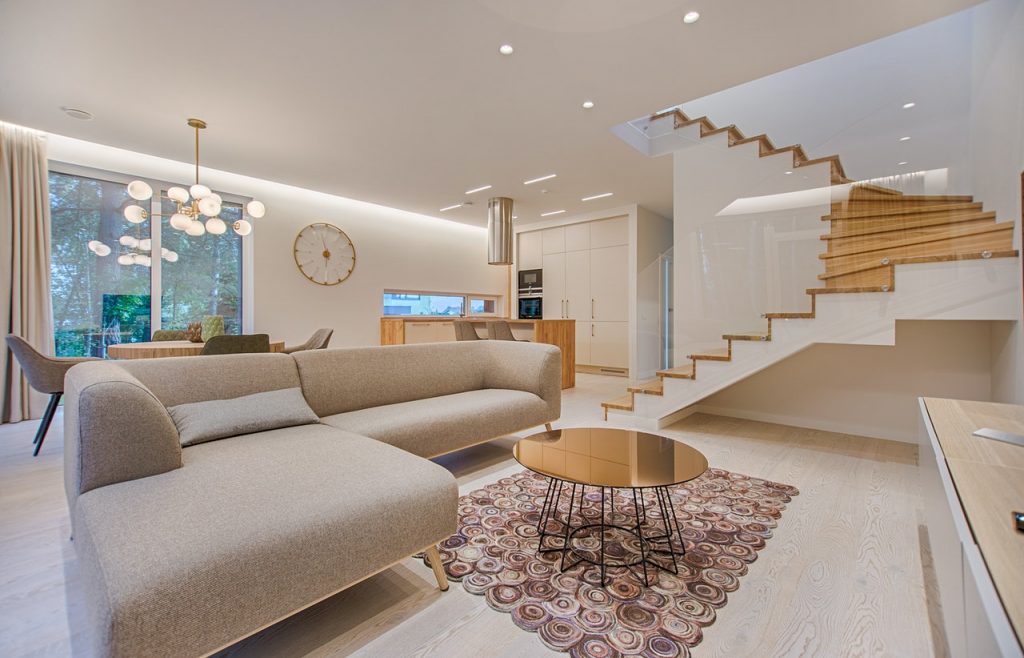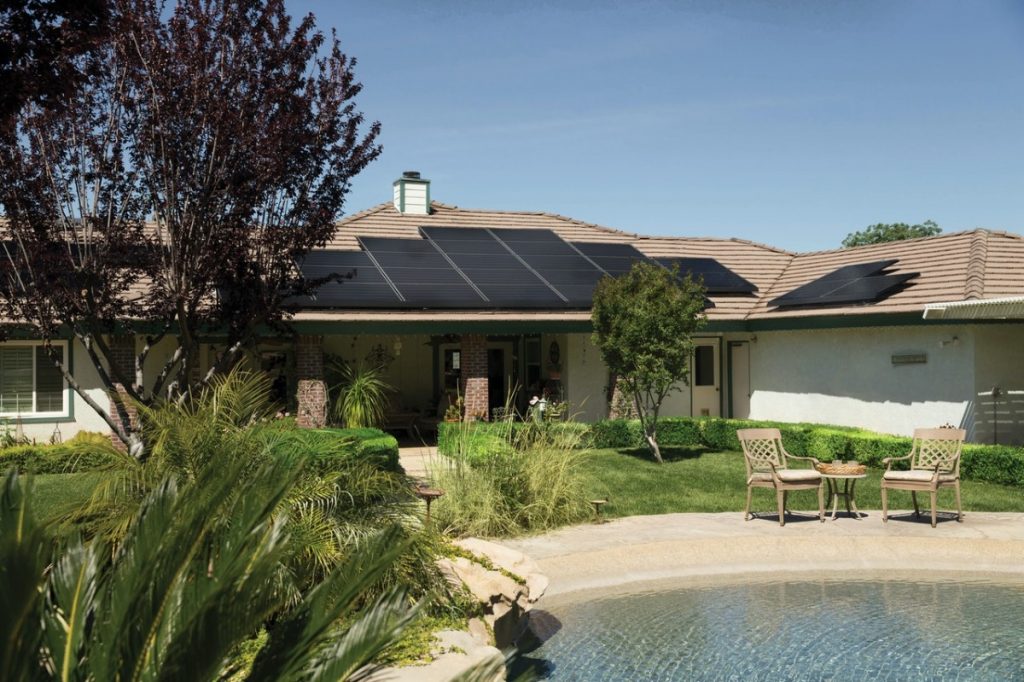Do you know how much energy a U.S. home consumes? According to the U.S. Energy Information and Administration, an average resident consumes around 877 kWh per month. While the home-owner pays for the energy consumption, it is the entire planet that pays for generating it. Yes, you read that right. Generating energy can significantly impact our environment.
The process of generating electricity from natural resources like fossil fuels emits greenhouse gases. These greenhouse gases contribute to global warming, and the entire planet has to face the consequences. Hence, it is advised to build energy-efficient homes to contribute to environmental sustainability. But how to do that? Well, here’s how.
How to make your house energy-efficient
You can pick among many ways to make your home energy-efficient. However, it is best to use a mix of several ways to get the optimal result. You can select from any methods listed below.
Go smart
The advancement in technology can help you build a home that reduces electricity consumption and save on utility bills. Everything that consumes energy, right from lights to fans to the HVAC system and more, can be connected with sensors.
The sensors with the Internet of Things (IoT) technology enable you to monitor and change energy consumption. For instance, you can implement an instrumentation and control system to monitor and regulate variables such as pH and temperature.
You can now use a smart thermostat based on IoT to constantly monitor the room temperature and set a threshold limit. When the room temperature goes below the limit, the AC will be automatically turned off, amazing, right?
Consume natural energy
Natural energies are renewable energies. This means we can use it without any emissions of greenhouse gases. Several natural energies such as solar, hydro, and wind can be used as an alternative to fossil and coal-created energy. However, creating energy through water and wind can be very costly at the household level. Hence, the best way to go about this is solar energy.
You can implement solar panels on the roof of your house to store and use solar energy. Another way of using solar energy is through windows to reduce heating costs during the winter. You can allow natural heating of your house by allowing the sunlight to get inside your home during the winter.

Choose the right appliances
Since you are building an energy-efficient house, it is also important to choose the electronic appliances that promote the same. The energy consumption of each device depends on its function. However, certain appliances come with ENERGY STAR marks. The higher the stars, the lesser is the energy consumption. A simple, relatable example is the energy consumption by washers. An ENERGY STAR marked washer with around 25% less energy than regular ones.
Another fact regarding appliances is that older ones consume more energy than the new ones. Hence, timely maintenance also plays a vital role in ensuring low energy consumption.
Eliminate vampire power
Some electronics like computers, televisions, and microwaves continue to consume a small amount of energy even when shut off. This is called vampire power. You might think that you have switched off the button and your work is done. But the energy consumption is still on.
Instead of simply switching off, unplug all the electronics and appliances when not in use. The amount of energy saved by doing so might be very less but will become a considerable amount in the long run.
Reduce water heating time
If you are fond of using warm water for the bath, know that it is a significant contributor to electricity consumption. There are many ways to reduce the need for water heating. You can begin by simply using less hot water for your shower. To put it simply, you can reduce your shower time by a minute or two. This can do wonders as it can save you up to USD 25 to USD 30.
Another way of reducing water heating is by using a smart or programmable thermostat. The thermostat will allow you to set a prefixed temperature range. Thus, it will regulate the heating of water up to the limit you have set and save on energy consumption. You can also insulate your water heater to reduce the heating energy and expenses.
Following the above tips once or twice will not do any significant help to you or the environment. It all comes down to making a daily behavior and mindset. For instance, something as simple as making a habit of turning off the lights or fan when not in use can help you reduce energy consumption. Hence, your first responsibility is to develop a behavior that promotes and works on saving energy. Only then will you save a considerable amount on utility bills and help the environment attain sustainability.






